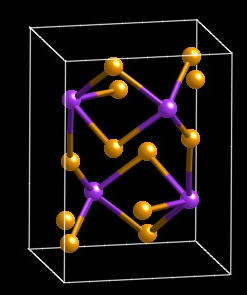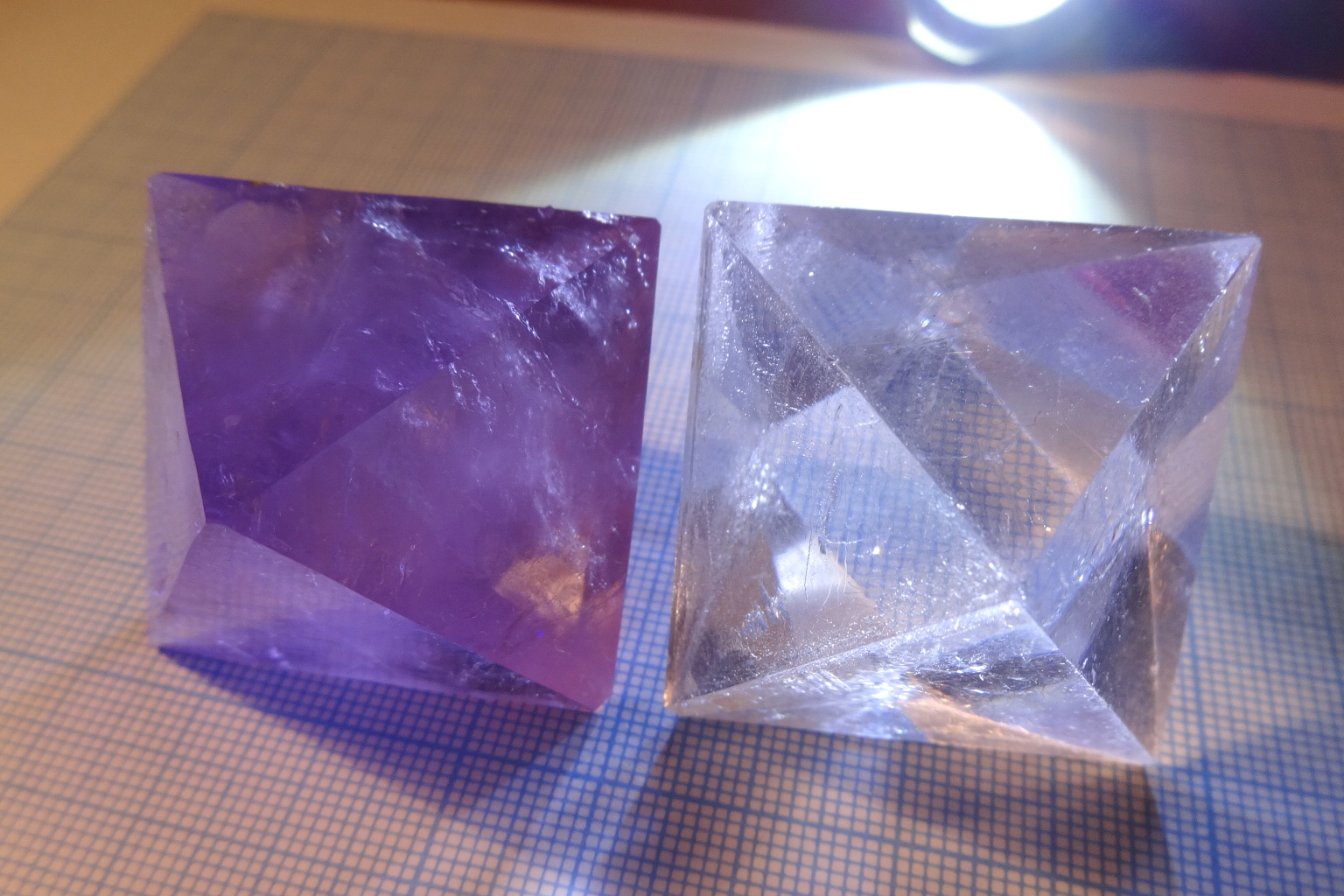
An accelerating voltage of 15 kV and a probe current of 20 nA were used. Three fragments of similar crystals from the same location were measured using a Cameca electron microprobe (Cameca SX 100) in wavelength-dispersive mode. 2019) over the formation of either the chevkinite- or perrierite-type structure in CGM.

One aim of the present work is to identify possible mechanisms that could help to explain the empirically known compositional controls (Macdonald et al. A detailed study of cation distribution in three non-metamict chevkinite-(Ce) samples has been published very recently (Nagashima et al. Hence, well crystallized, non-metamict natural samples and synthetic samples are needed to obtain reliable information about structural properties of well-equilibrated CGM. This may lead to cation ordering, redox reactions or other transformation processes that are likely to render the crystals in a different state than that prior to metamictization. The anisotropic oxygen and rare-earth element displacements observed in this crystal indicate a local domain structure of \(P2_1/a\) symmetry, when compared to the \(P2_1/a\) symmetry of the synthetic perrierite \(\hbox \)C or higher (Sokolova et al. The perrierite-(Ce) described in this study crystallizes in space group C2/ m. In such cases, it is generally not expected to rise above two. It can drop to zero in perrierite-type structures rich in Sr or Ca. On average, the charge modulus is observed to be larger for the chevkinite-type module stacking. The rutile module is expected to carry a negative charge, compensated by a positive charge of the silicate module. Taking into account the modular character of the chevkinite minerals, based on a rutile and a silicate module, the preferred formation of either the perrierite or the chevkinite structure type is correlated with the formal charge of the rutile and silicate modules. The composition and crystal structure of this sample is discussed in relation to the known properties of the chevkinite group minerals and related synthetic compounds. CrystalMaker.Perrierite-(Ce) crystals from ejecta of the Laacher See volcano, Eifel, in Germany were studied by X-ray single-crystal diffraction and electron microprobe analysis. Bruker AXS, Inc., Madison, Wisconsin, USA. A., Martinez-Garcia, M., Cortes-Cortes, E., Osornio, Y.

Draw fe crystal in crystalmaker full#
planes)Īre estimated using the full covariance matrix. SAINT/ SADABS v2014/2 (Bruker, 2014) to sort, merge, and scale SAINT (Bruker, 2014) then corrected for absorption by integration using
Draw fe crystal in crystalmaker series#
Series were integrated and filtered for statistical outliers using One distinct cell was identified using APEX2 (Bruker, 2014). Most recently, we investigated the preparation of iron–sulfur complexes via the reaction of 1,3-cyclobutanedithiolate compounds with and have obtained an unexpected iron–sulfur complex, or, (I). Capon et al., 2005 ▸ Darensbourg et al., 2000 ▸ Gloaguen & Rauchfuss, 2009 ▸ Rauchfuss, 2015 ▸ Tard & Pickett, 2009 ▸).

In view of this, a large number of iron–sulfur cluster complexes have been designed and synthesized as the active site models of -hydrogenases ( e.g. In particular, -hydrogenases are a class of natural enzymes that can reversibly catalyse the evolution and uptake of hydrogen in several microorganisms (Cammack, 1999 ▸ Stephenson & Stickland, 1931 ▸). This is mainly because such complexes possess the distinctive iron–sulfur cluster core, which is biologically related to the active site of -hydrogenases (Fontecilla-Camps et al., 2007 ▸). Iron–sulfur complexes have attracted considerable attention over the past decades (Ogino et al., 1998 ▸).


 0 kommentar(er)
0 kommentar(er)
